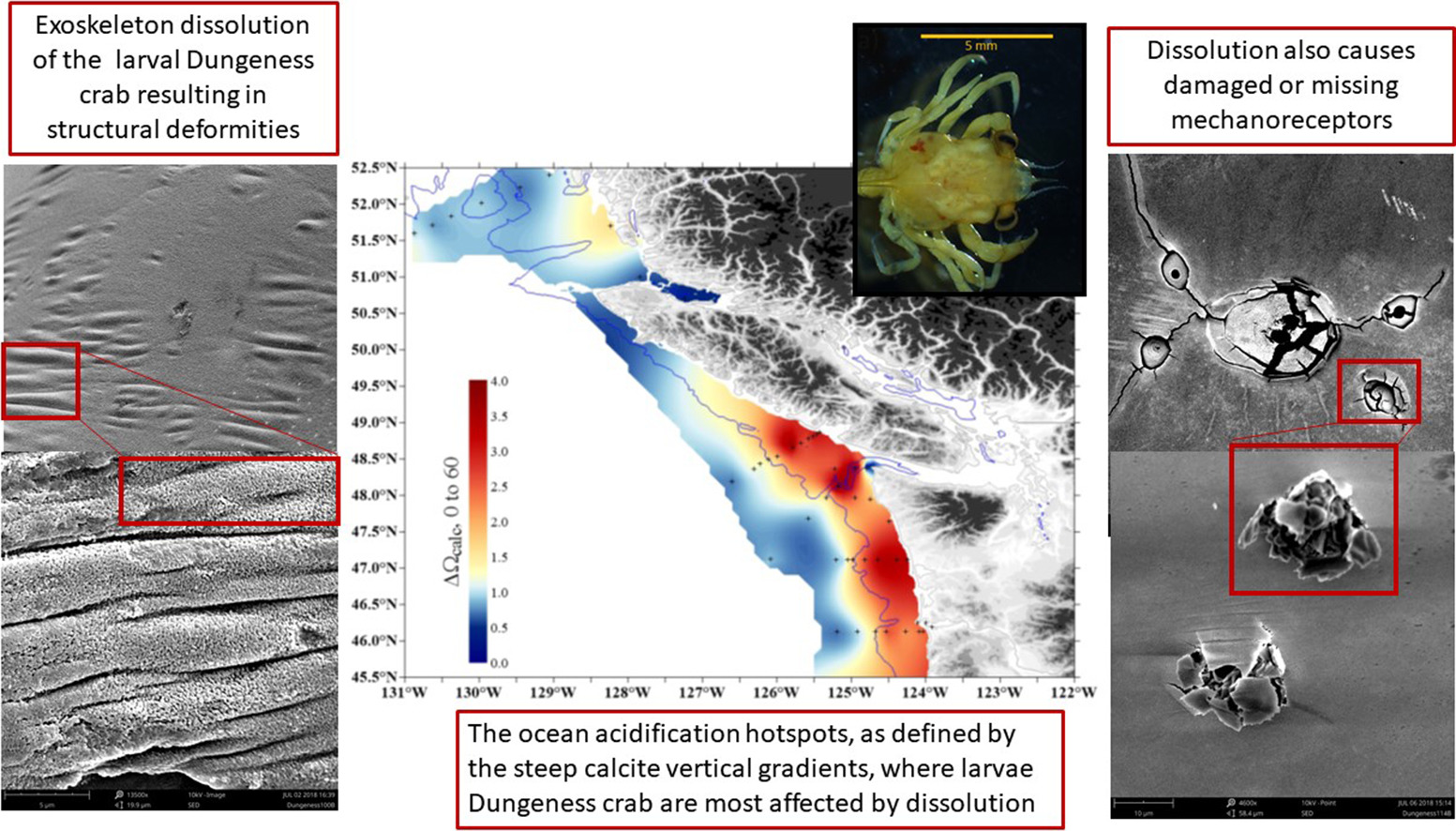Welcome to Chemistry 11
We will be using the LMS CANVAS. You will receive an invitation from your teacher to join your CANVAS Chemistry 11 class. You will be accepting the course invitation via Burnaby Online – make sure that you are on the Burnaby Online page, not the SFU CANVAS page.
Please follow the following steps to join CANVAS

- Accept the invitation to join your CANVAS course. If you have never used CANVAS you will be redirected to the Burnaby Online page to create an account. Your CANVAS username is the same as your username for your Office 365 Outlook account. You will need to create a new password. If you have an existing account with CANVAS you will accept the course invitation and be directed to the Chemistry 11 homepage.










